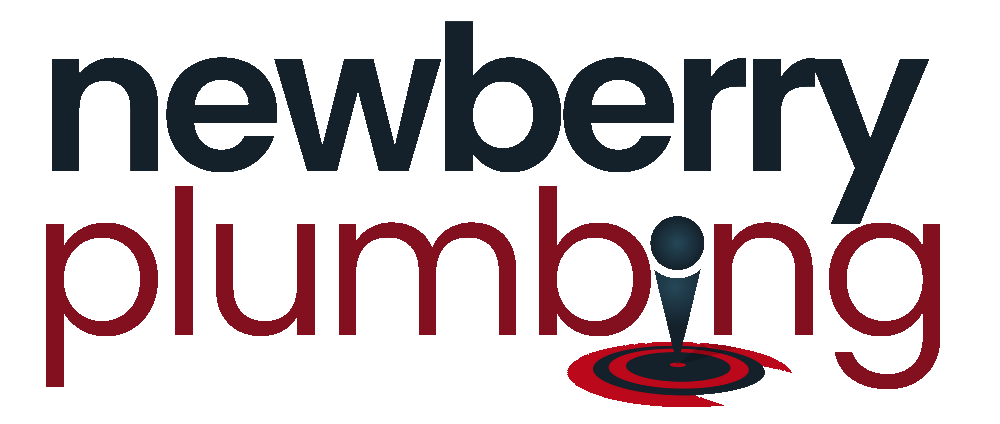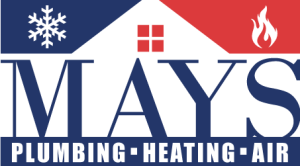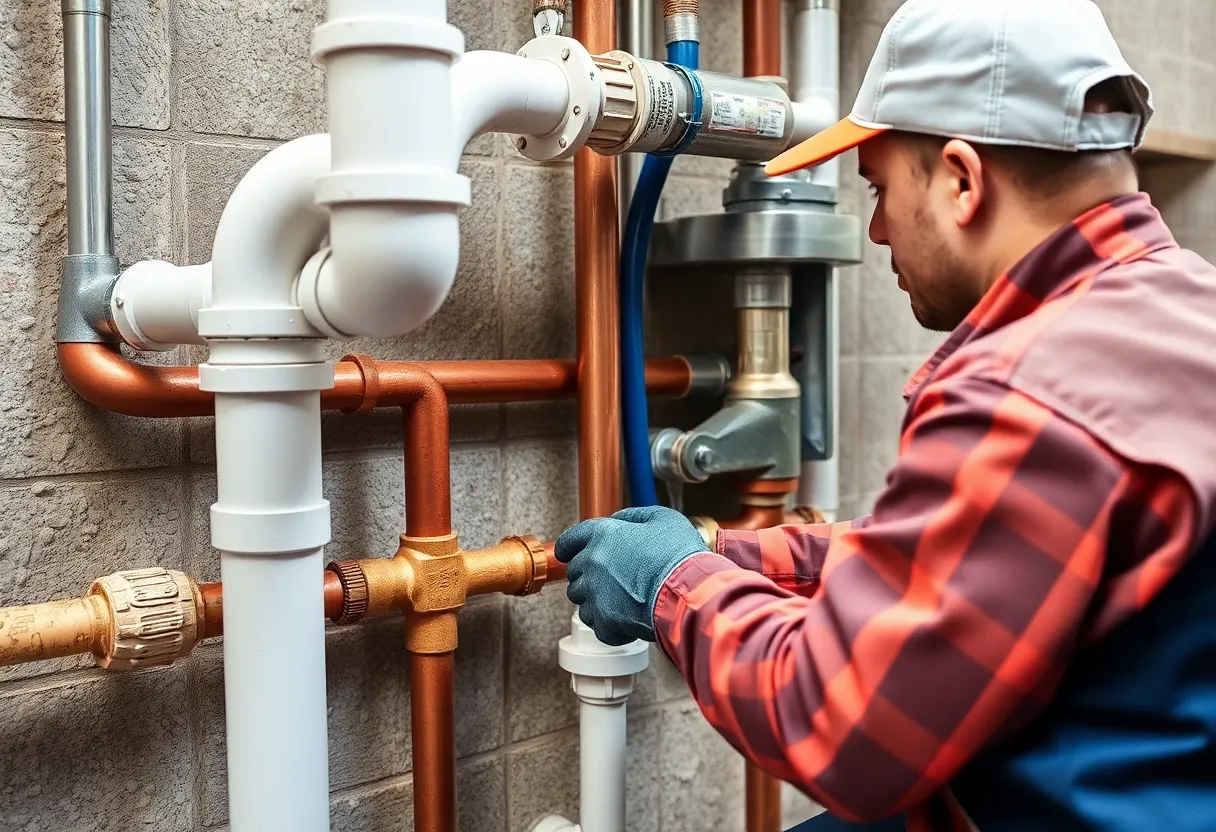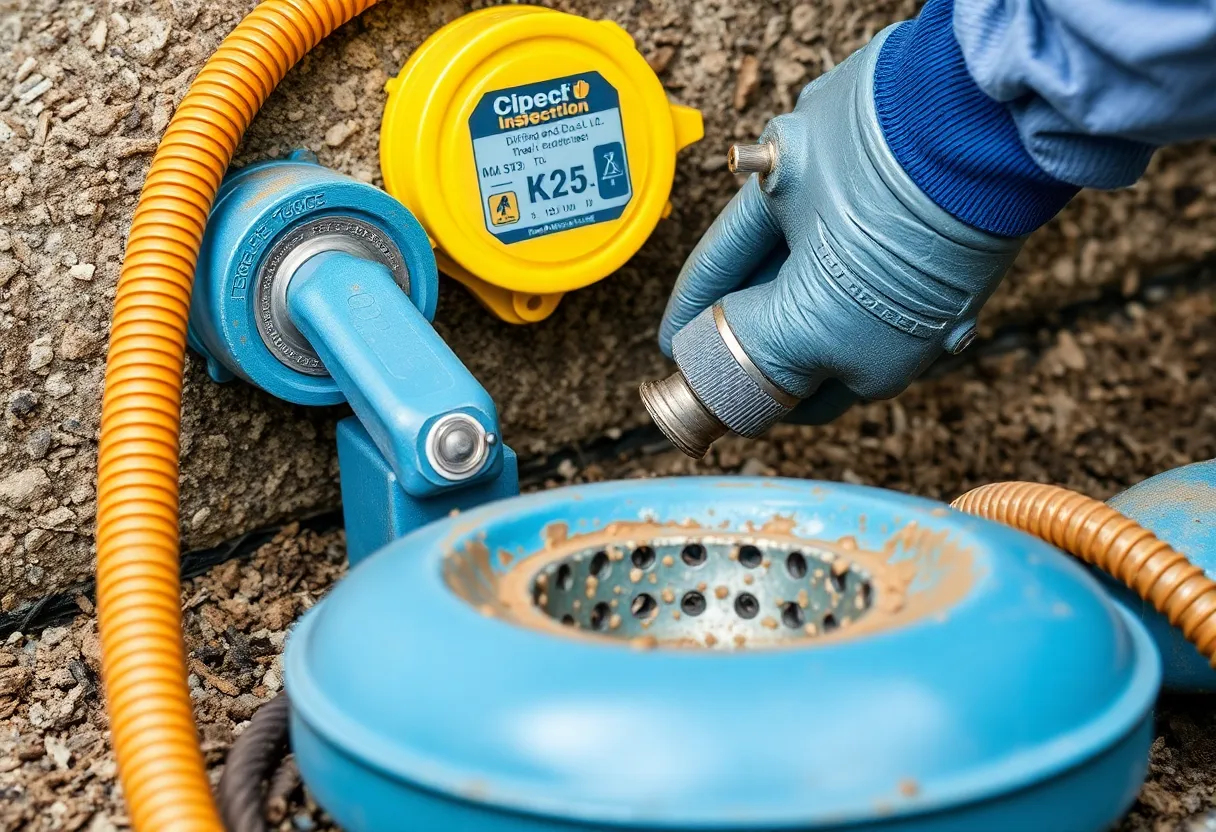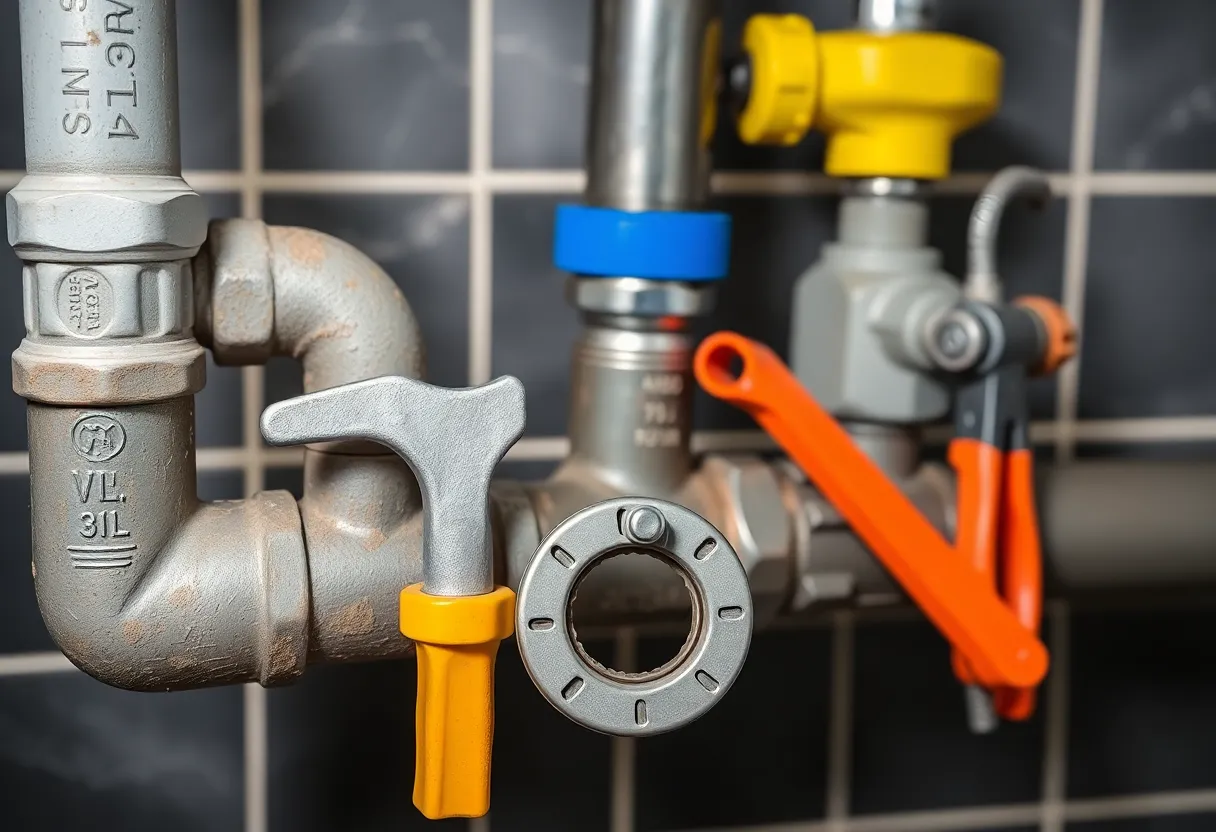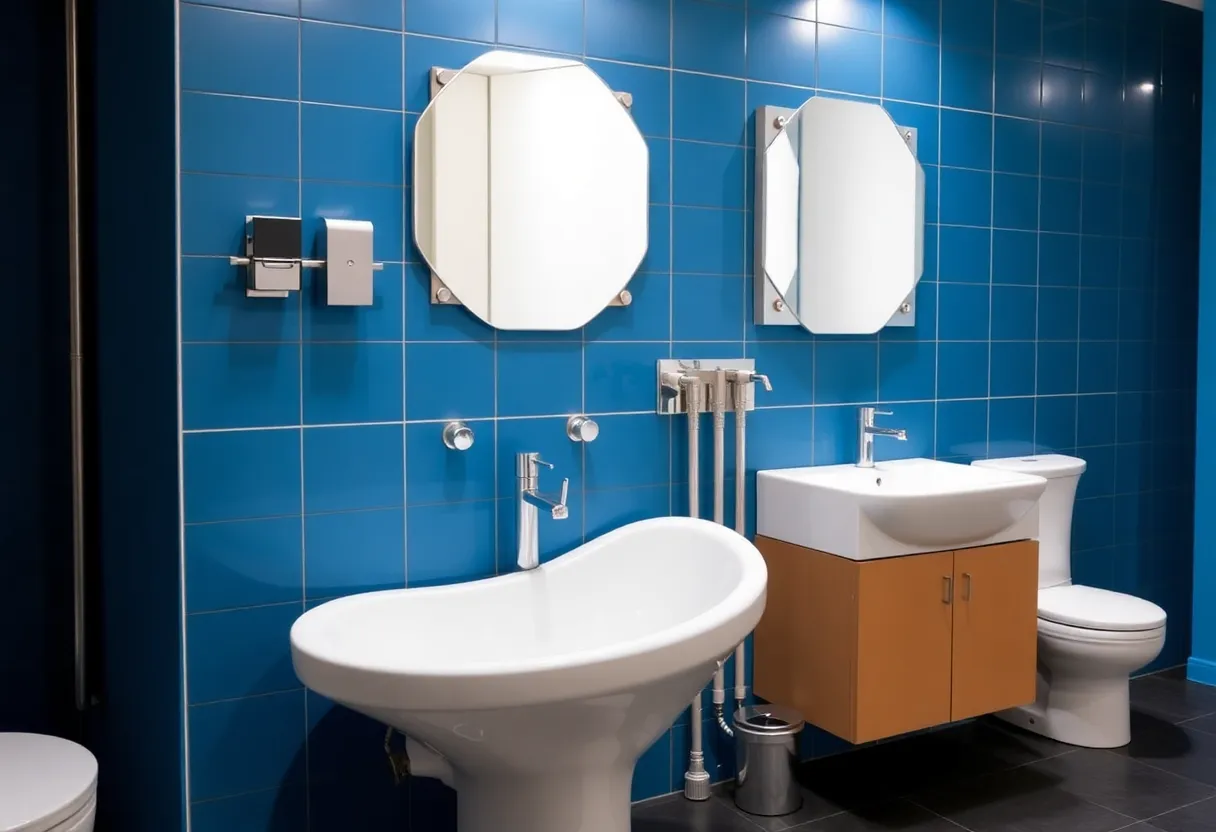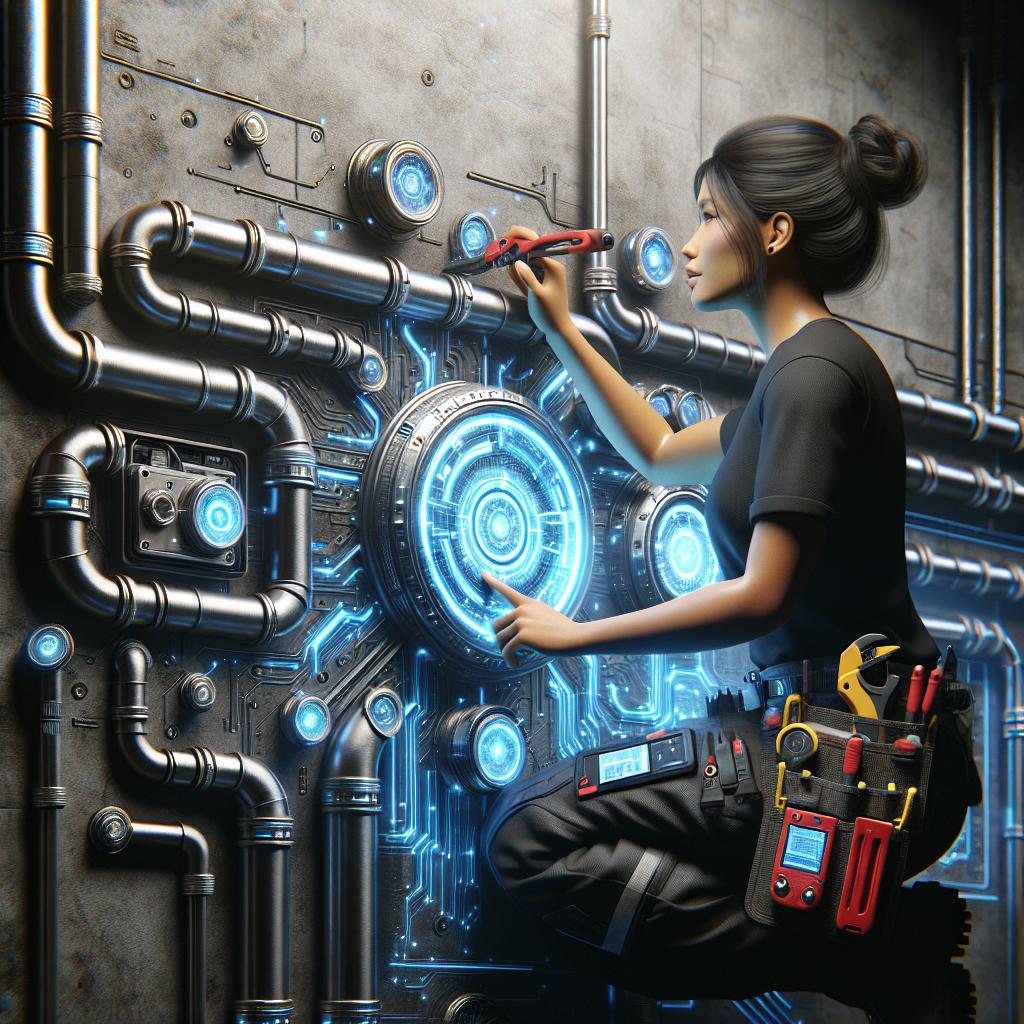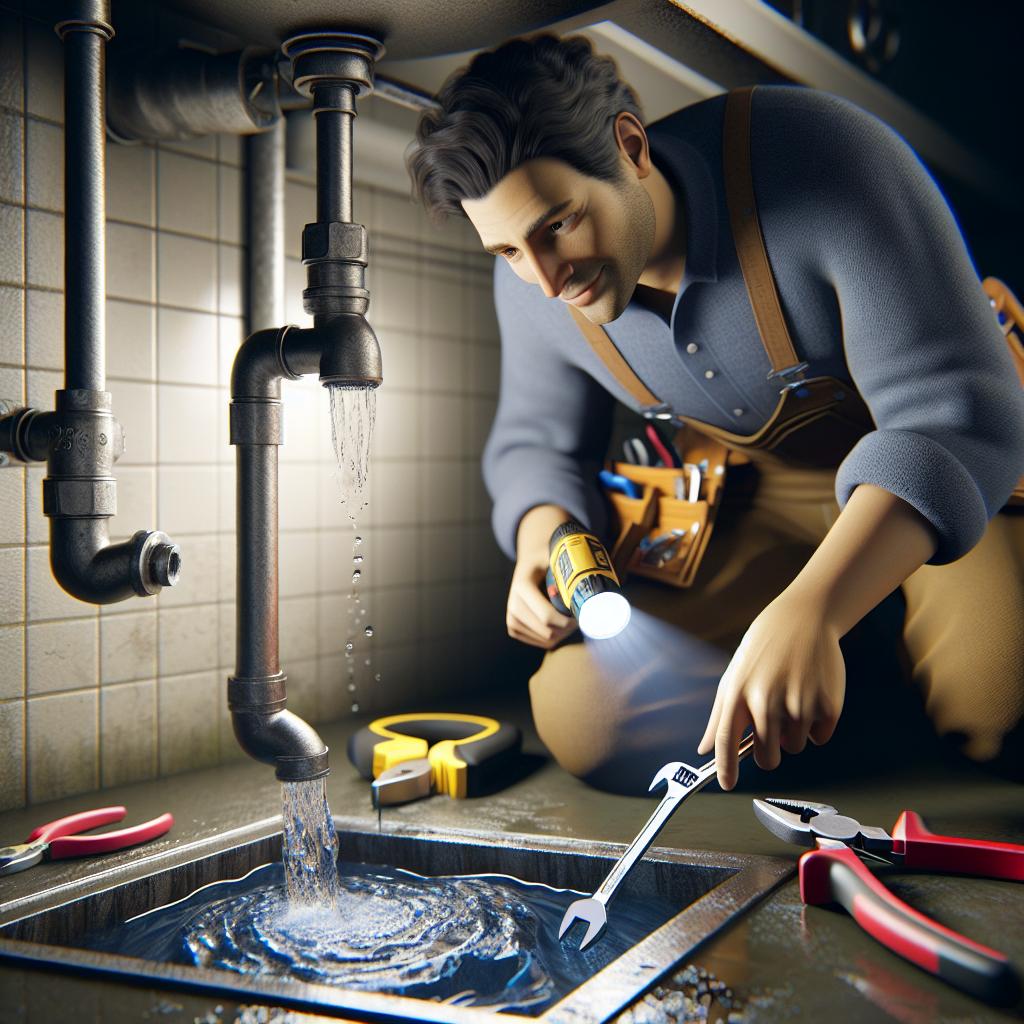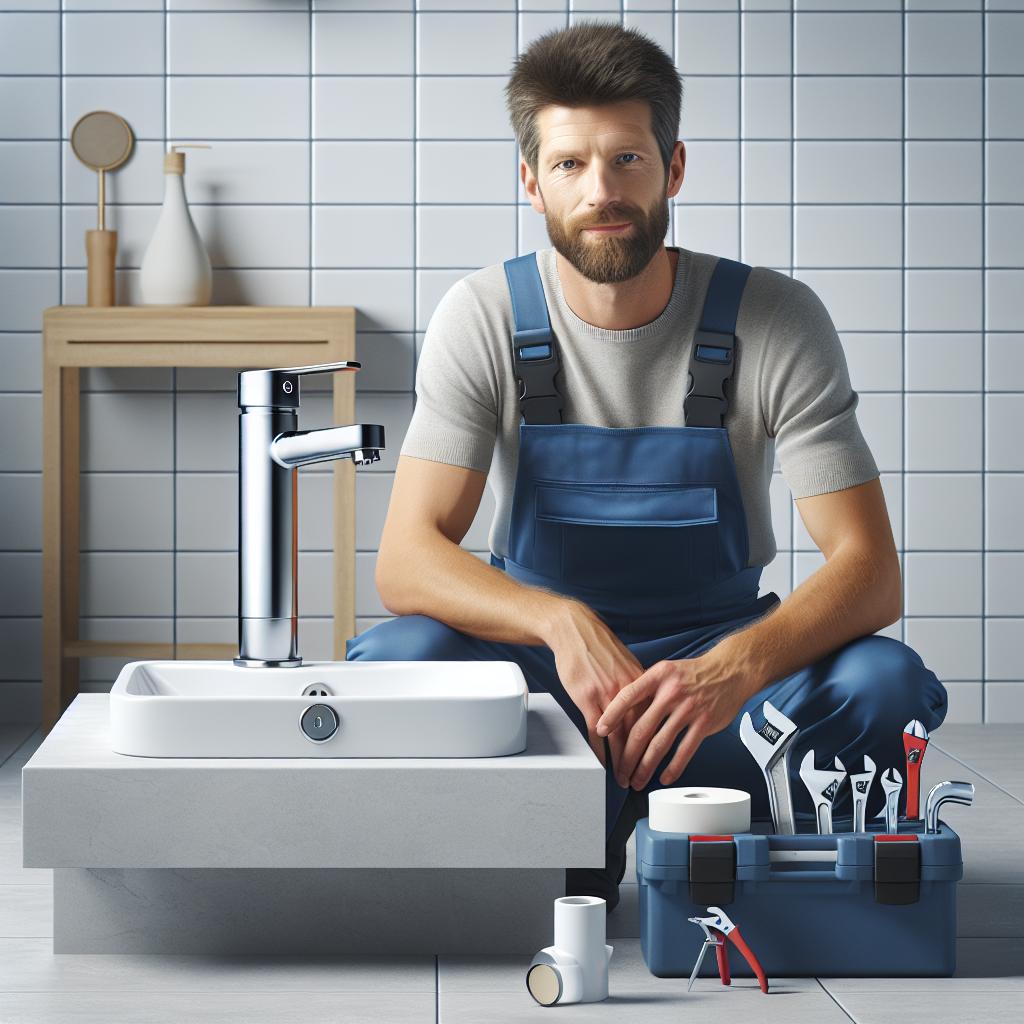The Hidden Dangers: 10 Overlooked Plumbing Issues That Could Be Sabotaging Your Home’s Safety
When it comes to home maintenance, plumbing is often one of the areas that gets the least attention. Homeowners are usually preoccupied with visible issues such as leaky faucets or clogged drains, but what about the underlying problems that could be compromising the safety and integrity of your home? This article will uncover ten overlooked plumbing issues that could be _sabotaging your home’s safety_, offering insights into why you should take them seriously and how to address them.
1. _Hidden Leaks_
Most homeowners are aware that visible leaks can cause water damage, but _hidden leaks_ within walls or under floors can be just as dangerous. These leaks not only lead to higher water bills but can also create an environment conducive to mold growth. Mold can significantly impact indoor air quality, leading to respiratory issues and other health problems.
Signs of Hidden Leaks
- Increased Water Bills: A sudden spike in your water bill might indicate a hidden leak.
- Water Stains: Look for unexplained water stains on walls, ceilings, or floors.
- Mold Odor: A musty smell often signifies dampness caused by hidden leaks.
How to Address Hidden Leaks
If you suspect a hidden leak, consider conducting a pressure test on your plumbing system or hire a professional plumber who can use advanced tools like thermal imaging cameras to detect leaks without invasive methods.
2. _Debris Buildup in Pipes_
Over time, minerals, grease, and other debris can accumulate in plumbing pipes, leading to reduced water flow and increased pressure on your plumbing system. This condition can ultimately result in _pipe bursts_, which poses safety risks and can cause extensive home damage.
Preventing Debris Buildup
Regular maintenance, including professional drain cleaning, is essential for preventing debris buildup. Homeowners can also perform routine checks to ensure that drain covers are in place to minimize the amount of debris that can enter the plumbing system.
3. _Tree Root Intrusions_
Tree roots naturally seek out moisture, and your plumbing system can provide an excellent source. Intrusions from tree roots can cause plumbing pipes to crack, leading to severe blockages and even sewage backups. This issue may not be visible until significant damage has occurred.
Signs of Tree Root Issues
- Slow Drains: If multiple drains are slow, it could indicate root infiltration.
- Frequent Backups: Regular backups can suggest roots obstructing the pipes.
- Gurgling Sounds: If you hear gurgling noises from your drains, roots may be present.
Dealing with Tree Roots
To mitigate this risk, consider installing root barriers and scheduling regular inspections of your plumbing system. Professional plumbers can use specialized tools to remove roots without damaging your pipes.
4. _Corroded Pipes_
Older homes often have plumbing systems with galvanized steel or cast iron pipes, both of which are susceptible to corrosion. Corroded pipes can lead to leaks, reduced water pressure, and even contamination of your water supply as rust flakes enter the system.
Identifying Corrosion
Keep an eye out for signs of corrosion, such as:
- Discolored Water: Rusty or brown water is a clear indication of corroded pipes.
- Frequent Leaks: Regular leaks may signal a deterioration of pipe integrity.
- Low Water Pressure: A drop in water pressure can indicate corrosion obstructing the flow.
Solutions for Corroded Pipes
If corrosion is detected, the best solution is to consult a professional about repiping your home with more durable materials like copper or PVC.
5. _Inadequate Venting_
Proper venting is crucial for your plumbing system’s functionality. Without adequate vents, your plumbing can develop pressure issues, leading to slow drains, gurgling toilets, and foul odors. This imbalance in air pressure can heavily affect your home’s safety, allowing harmful gases to enter living spaces.
Recognizing Venting Problems
Signs that your venting system may be inadequate include:
- Slow Drains: If drains are sluggish, it may be time to check the vent system.
- Sewage Odor: A foul smell in your home is a sign that gases may not be properly vented.
- Frequent Toilet Clogs: Toilets that clog often can be symptomatic of vent issues.
Fixing Venting Problems
If you suspect venting issues, hiring a professional is crucial. They can assess your ventilation system and might suggest installing additional vents to correct air pressure issues.
6. _Sump Pump Failure_
If your home is prone to flooding, a well-functioning sump pump is essential. However, many homeowners overlook the necessity of regular maintenance, resulting in unexpected failures during heavy rains. This negligence could lead to significant property damage and safety hazards.
Signs of Sump Pump Issues
- Noisy Operation: If your sump pump is louder than usual, it may need repair or replacement.
- Frequent Cycling: If it runs frequently even when there is no water, this can indicate a problem.
- Age: If your sump pump is over ten years old, it may be time for replacement.
Maintaining Your Sump Pump
Regular testing and maintenance of your sump pump can prevent failures. Consider scheduling a professional inspection at least once a year to ensure _optimal functionality_.
7. _Backflow Problems_
Backflow occurs when contaminated water flows back into your clean water supply. This can happen due to sudden pressure changes in your plumbing system. _Backflow_ can be a serious hazard, as it poses health risks by introducing harmful pathogens into your drinking water.
Identifying Backflow Issues
Common indicators of backflow problems include:
- Discolored Water: Any change in water color should raise concerns about contamination.
- Foul Odors: An unpleasant smell coming from taps may indicate backflow.
- Surfaces around Pipes: Dirty or contaminated areas around fixtures can suggest backflow is occurring.
Preventing Backflow
To prevent backflow issues, ensure that your home is equipped with a backflow prevention device. Regular inspections by a certified plumber will help ensure that your system is functioning correctly and safely.
8. _Sewage System Issues_
Clogged or damaged sewage systems can lead to major problems in your home. If not addressed, minor sewage issues can escalate rapidly, posing health risks due to exposure to sewage waste. Early intervention is critical to mitigate these risks.
Recognizing Sewage Issues
Be alert for these signs that your sewage system may be malfunctioning:
- Unpleasant Odors: A strong sewage smell inside or outside your home indicates a serious problem.
- Multiple Clogged Fixtures: If toilets and sinks are clogging simultaneously, the sewage line may be obstructed.
- Pooling Water: Pools of water in your yard can suggest a sewage leak.
Addressing Sewage Problems
If you notice any of these signs, it’s imperative to contact a plumbing professional immediately to assess the situation and provide necessary repairs.
9. _Absence of Water Filtration_
While it’s easy to overlook, the quality of the water coming into your home can significantly affect your family’s health. Regular tap water may contain contaminants, making _water filtration_ essential for safety.
Signs of Poor Water Quality
To determine water quality issues, look for these indicators:
- Unusual Taste or Smell: A metallic taste or unpleasant odor can indicate contaminants.
- Cloudy Water: Turbid water may suggest a high level of impurities.
- Staining: Discoloration on fixtures can signal the presence of iron or other minerals.
Improving Water Quality
Installing a comprehensive water filtration system can help purify your drinking water and protect your family from harmful contaminants.
10. _Ignoring Appliance Connections_
Lastly, appliances like washing machines, dishwashers, and ice makers rely on secure plumbing connections to function correctly. Over time, these connections can wear out, leading to leaks or even appliance failure. This oversight can lead to significant damage and costly repairs.
Signs of Appliance Connection Issues
Watch out for these signs:
- Water Damage: Visible damage around appliances may indicate a leak.
- Water Accumulation: Puddles near your appliances are a clear red flag.
- Low Water Pressure: Appliances not receiving adequate water may signal connection problems.
Maintaining Appliance Connections
Regularly check the connections of your appliances and replace any worn hoses or fittings as needed. This can prevent leaks and prolong the lifespans of your appliances.
Conclusion
While visible plumbing problems are often easy to identify, the hidden dangers described in this article can pose serious risks to both your home and safety. Regular maintenance, vigilance, and the occasional professional inspection can help protect against these overlooked issues. Taking the time to address your plumbing will not only improve your home’s safety but also enhance its value and longevity.
Don’t wait until it’s too late; stay proactive and keep your plumbing system in check to guard against these hidden dangers. Your home deserves it!
